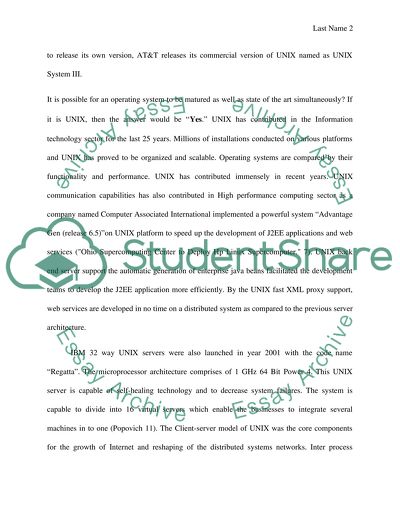Cite this document
(“UNIX Operating System History Essay Example | Topics and Well Written Essays - 2500 words”, n.d.)
Retrieved from https://studentshare.org/information-technology/1396004-unix-operating-system-history
Retrieved from https://studentshare.org/information-technology/1396004-unix-operating-system-history
(UNIX Operating System History Essay Example | Topics and Well Written Essays - 2500 Words)
https://studentshare.org/information-technology/1396004-unix-operating-system-history.
https://studentshare.org/information-technology/1396004-unix-operating-system-history.
“UNIX Operating System History Essay Example | Topics and Well Written Essays - 2500 Words”, n.d. https://studentshare.org/information-technology/1396004-unix-operating-system-history.


